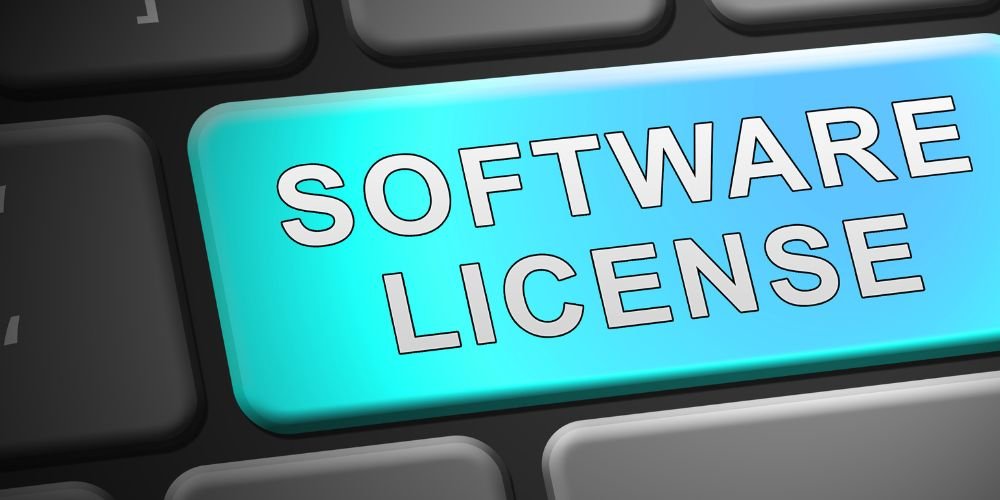In today’s rapidly evolving digital landscape, software plays a pivotal role in the functionality and efficiency of businesses and organizations across various industries. However, procuring software licenses and ensuring compliance can be intricate and fraught with potential pitfalls.
Guide to Procure Software Licenses and Ensure Compliance
This comprehensive step-by-step guide will delve into each stage of the software procurement journey, from identifying your software needs to negotiating agreements and maintaining compliance. Following these detailed steps can streamline your software procurement process and avoid costly compliance issues.
Inventory Your Software Needs
To embark on the software procurement journey, start by conducting a thorough inventory of your organization’s software needs. It involves identifying the specific software applications essential to support your business operations. Consider factors such as the number of users who require access, the specific functionality required by different departments, and the compatibility with your existing systems. This initial assessment is the foundation upon which you’ll build your software procurement strategy.
Assess Your Budget
Determine your budget for software procurement. Your budget should encompass the cost of software licenses, ongoing maintenance, support, and any potential future upgrades or expansions. It’s vital to be realistic about your financial constraints and allocate funds accordingly. Understanding your budget limitations will help you make informed decisions and avoid overextending your resources.
Identify Software Suppliers
Conduct thorough research to identify potential software suppliers or vendors that offer the needed applications. Consider factors such as the vendor’s reputation, customer reviews, and track record in delivering reliable software solutions. Create a shortlist of reputable vendors to simplify the selection process and ensure you partner with reliable providers.
Review Licensing Models
Software licenses come in various models, and it’s crucial to understand them:
- Perpetual Licenses: These licenses grant permanent software ownership, allowing you to use it indefinitely after an upfront purchase fee. Maintenance and support may be optional, but they are advantageous for receiving ongoing updates and assistance.
- Subscription Licenses: Subscription-based licenses permit software use for a defined period, often monthly or yearly, with updates and support included during the subscription period.
- Open Source Licenses: Open source software licenses offer cost savings and flexibility, as the software is freely available. However, ensure you are familiar with the specific terms and conditions associated with open-source licenses.
- Enterprise Licenses: Enterprise licenses are designed for organizations with a large user base, often offering volume discounts and centralized management features.
Select the licensing model that aligns with your organization’s needs and budget, as this decision will significantly impact your software procurement strategy.
Understand Licensing Agreements
Thoroughly review the licensing agreements provided by the software vendors. Pay close attention to terms and conditions, which typically cover usage restrictions, license term duration (whether perpetual or subscription-based), maintenance and support details, and compliance requirements, including software audits and reporting obligations.
Negotiate Terms and Pricing
Engage in negotiations with your chosen software vendor. Discuss pricing, payment terms, and any additional terms you wish to modify or include in the agreement. Negotiating allows you to secure favorable terms that align with your budget and specific requirements, potentially resulting in cost savings.
Review Compliance Policies
Develop and review your organization’s compliance policies and procedures to ensure adherence to relevant regulations. Ensure that your group understands the significance of software license compliance and the potential consequences of non-compliance. Establish clear processes for tracking and managing software licenses and communicate these policies to all relevant personnel.
Implement License Management Software
Consider implementing license management software to streamline the tracking and management of software licenses. These tools provide visibility into your software assets, usage, and compliance status, making it easier to stay compliant and optimize your software investments.
Train Your Team
Invest in training for your IT and procurement teams on best practices for software license management. Ensure that your staff understands how to track licenses, monitor compliance, and effectively respond to vendor-initiated audits. Knowledgeable personnel play a crucial role in maintaining compliance and maximizing the value of your software assets.
Monitor and Audit
Regularly monitor your software usage and compliance status to ensure adherence. Conduct internal audits to verify that your organization is using software licenses by the licensing agreements. Be prepared to respond promptly and accurately to vendor-initiated audits, ensuring transparency and compliance at all times.
Renew and Review
As your software licenses approach expiration or renewal dates, take the opportunity to review your software needs and budget. Decide whether to renew existing licenses, upgrade to newer versions, or explore alternative licensing models based on your evolving requirements and budgetary considerations.
Conclusion
Procuring software licenses while ensuring compliance is essential for organizations of all sizes. Following this step-by-step guide, you can effectively manage your software procurement process, negotiate favorable terms, and maintain compliance with licensing agreements. Avoiding compliance issues safeguards your organization from legal and financial repercussions, ensuring that you maximize the value of your software investments. With proper planning, monitoring, and training, you can navigate the complexities of software licensing while optimizing the value of your software assets.









